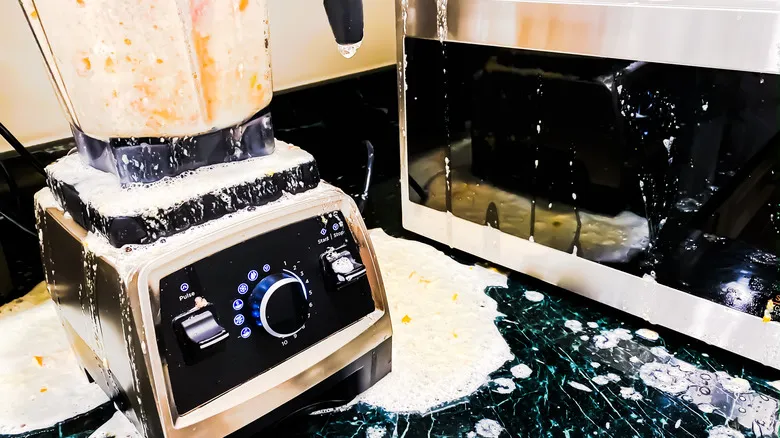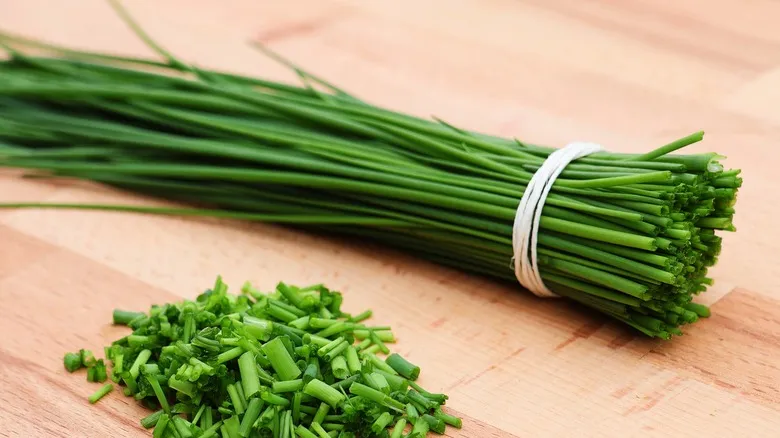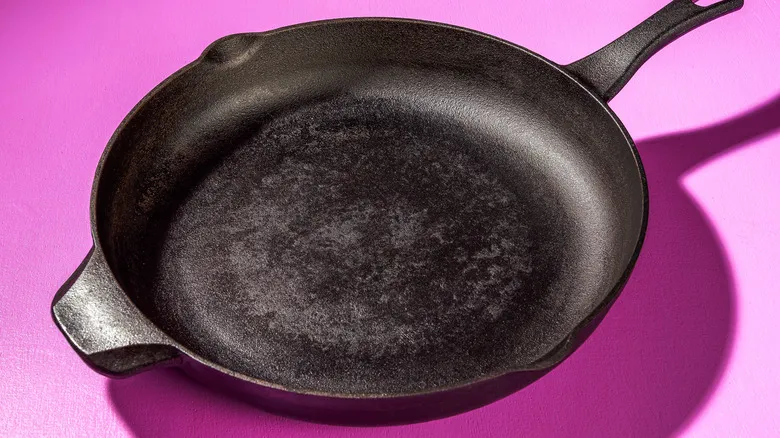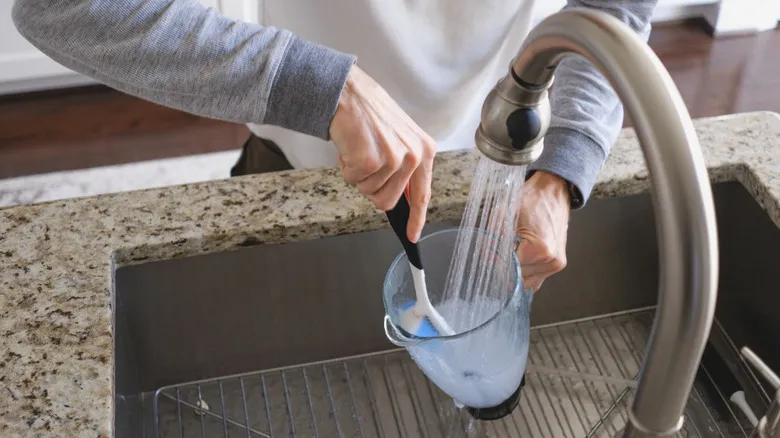What about tough stains and built-up grime?

Cleaning a recently used blender is straightforward, but what about one that's really dirty? We're talking about a blender stained with years of accumulated residue around the blade base. Fortunately, you can tackle even the dirtiest blenders with a few common household ingredients.
For tough stains, such as those from acidic tomatoes or bright turmeric, mix about 2 tablespoons of baking soda, lemon juice, and hot water in your blender and let it run for around 30 seconds. If you don’t have lemon juice, you can substitute it with ¾ cup of vinegar. After blending this DIY cleaning solution, use a sponge to gently scrub the inside of the pitcher before rinsing it out. Keep in mind that using your blender for grinding coffee, nuts, or seeds can create scratches in the plastic, making some stains nearly impossible to remove. This isn’t an issue with glass blenders, but if yours has a plastic pitcher, be cautious when blending abrasive foods.
If there’s grime built up in the gaps between your blender and its base due to leaks or spills, these can also be cleaned fairly easily. An old toothbrush works well for getting rid of dried food from hard-to-reach areas, especially if you can soak the spots first. If soaking isn’t an option or you’re short on time, hydrogen peroxide or rubbing alcohol can also help eliminate the buildup.
Recommended

De-Stem Your Herbs In A Flash With The Box Grater Hack

You're Probably Slicing Your Chives Wrong

Why Acidic Foods Are A No-Go For Cast Iron

Is It Better To Sear Foods In A Cast Iron Or Non-Stick Skillet?
Next up

